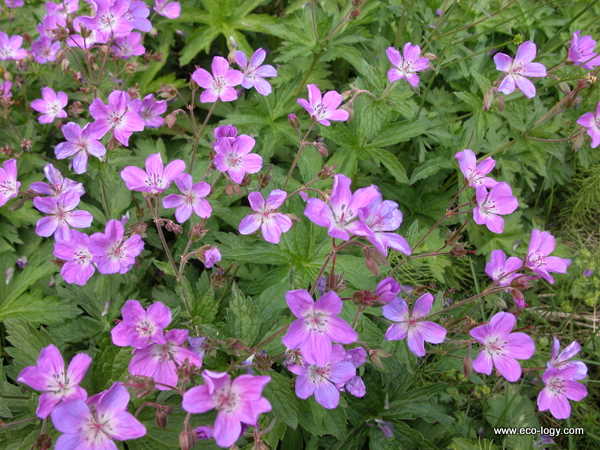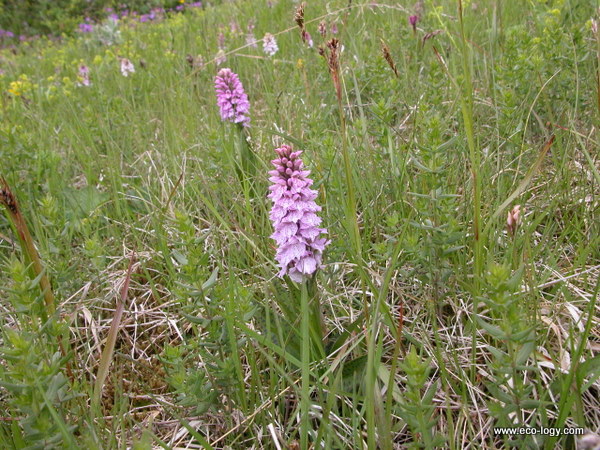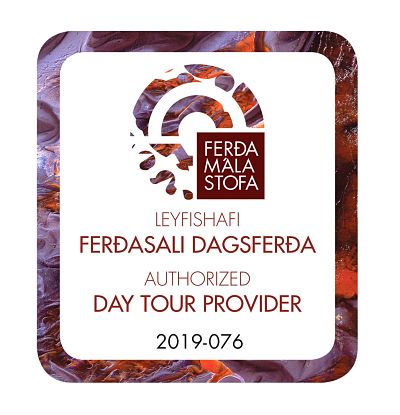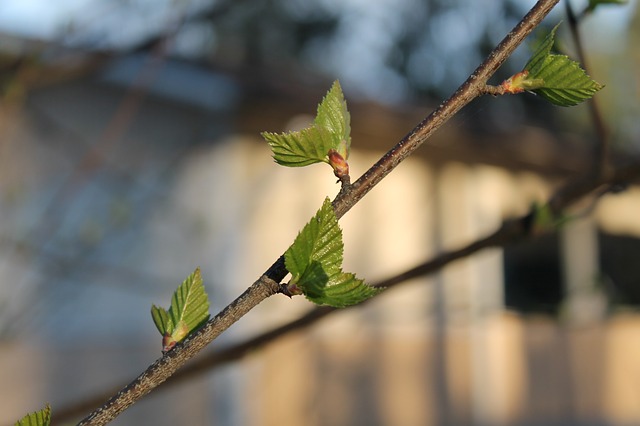Patches in grassland
Colonization of
experimentally created patches was studied on an amenity grassland in Wales,
where the most abundant plant species was Holcus lanatus (Poaceae). The
patches were of three different sizes (200 cm², 40cm² and 15,4 cm²) and two
different types: gaps and planted stands of H. lanatus.
Most patches were colonized rapidly and were fully covered after two months.
Patch size, of both gaps or Holcus stands, influenced colonization by
many species. As expected most species entered into the centers of small patches
more rapidly than they entered into the centers of large patches. A few
stolon-forming species and H. lanatus entered large patches equally or
more rapidly than smaller patches. Patch type (gap or Holcus stand)
influenced colonization by only three species.
In spite of its dominance in the vegetation, there is little evidence from this
study that H. lanatus had much negative effect on the growth of other
species in this mown grassland.
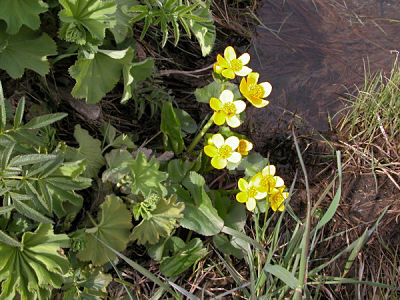
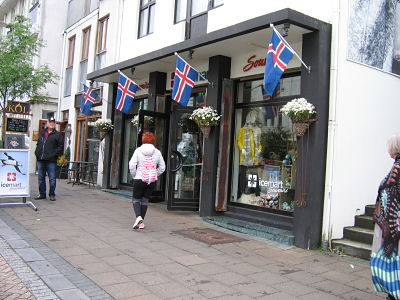

Fáðu nýjustu fréttir og tilboð frá Þund!
Get updates and special offers from Thund!


